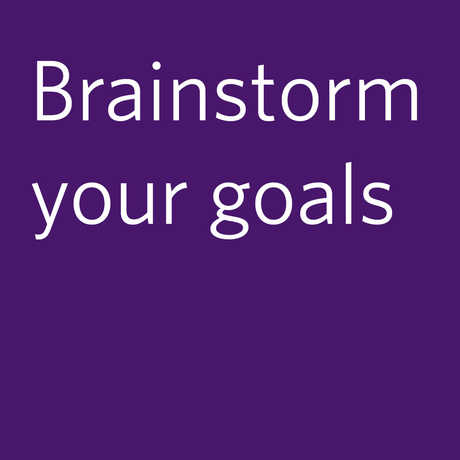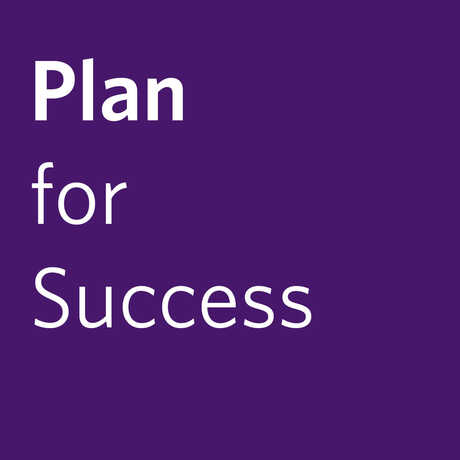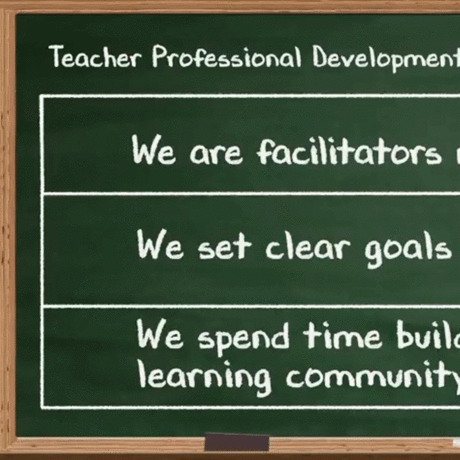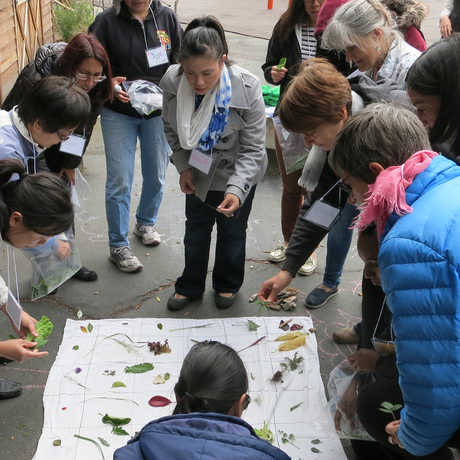This planning guide is intended to walk you through the first key steps of planning a professional development session.
When we go about planning a new professional development session at the Academy, how do we start? We've outlined our steps in this planning guide, complete with graphic organizers. We hope these tools help you craft meaningful goals for your PD, as well as a realistic agenda of activities!
Work your way though these sections step by step to establish your PD goals and begin to build an agenda. We encourage you not to skip steps, as each section builds on previous components.
Step 1

Start with what you know about your audience, their prior knowledge, and their needs.
Take a few minutes to think about the teachers you will be working with, and record your thoughts on page 1 of the planning guide.
Step 2

What do you want to accomplish with this learning experience? What do you want your participants to walk away with?
Brainstorm your own list of goals on page 2 of the planning guide, where you'll find sample goals for workshops held at the Academy, and sentence frames to start your goal statements.
Step 3

Now comes the hard part, and also the most important: make your list shorter.
One of the biggest and most common mistakes PD facilitators make is trying to accomplish too many goals in a short amount of time.
On page 3 of the planning guide, refine your list of goals.
Step 4

Start thinking about the learning experiences that you can facilitate to meet your stated goals. These can be hands-on activities, discussion, active reading, brainstorming, debate, reflection, structured planning time, direct instruction (used sparingly!) and much more.
Use the grid on page 4 to organize your thoughts as you match activities to your goals.
Step 5

Start putting your activities together to create an agenda.
Use the table on the last page of the guide to help, and be sure to read the tips that remind you about framing the day, considering transitions between activities, and building in adequate breaks.









